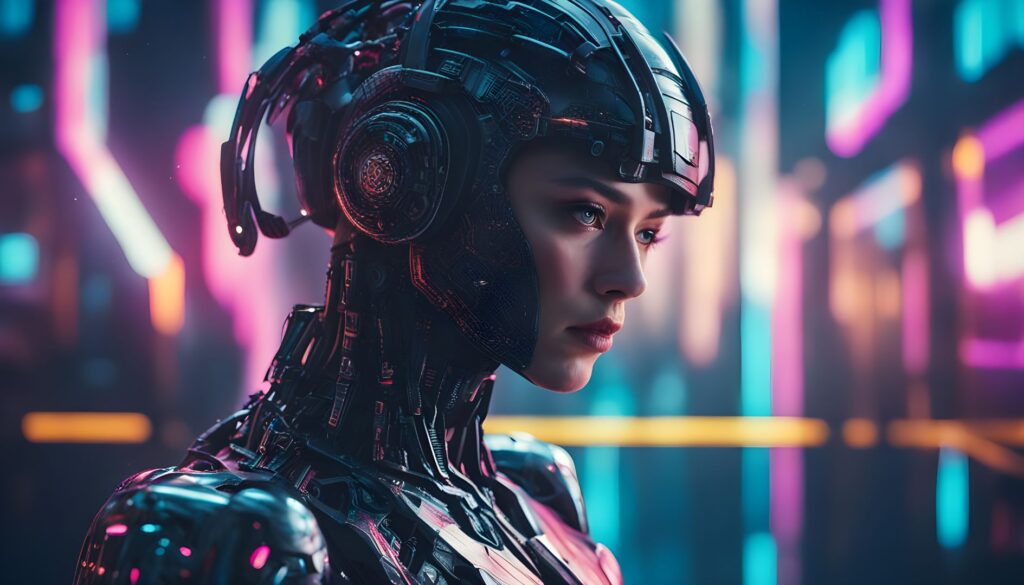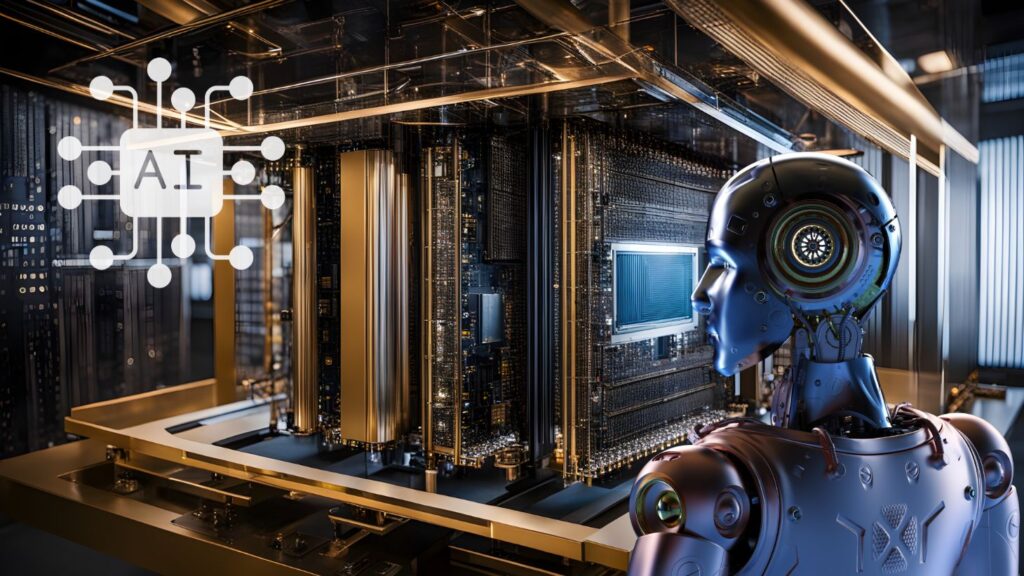During the eighth century BC, the esteemed poet Homer, known for his significant contributions to ancient Greek literature, authored two highly acclaimed epic poems: the Odyssey and the Iliad. Remarkably, even during the ancient period approximately 3,000 years ago, Homer made allusions to technology that, in contemporary terms, would undeniably be classified as manifestations of artificial intelligence.
Autonomous Watercraft in The Odyssey
Our vessels have the ability to adapt their purpose suitably and transport you to your desired destination. The Phaeacians lack pilots. The vessels belonging to this particular nation lack rudders, unlike those of other nations. However, the ships possess the ability to comprehend our thoughts and desires.
In the Iliad, there are instances of allusions to the concept of robotics accompanied with artificial intelligence.
Handmaids of a golden hue who were employed by him. We embodied the characteristics of young women. Using logic and rationality, The concept of voice and strength is also present in this context. Furthermore, the acquisition of knowledge possessed by beings of eternal existence.
A Visionary in the 20th Century: A.D. Gordon
In the early 20th century, A.D. Gordon, a visionary thinker and ideologist, anticipated in his article “Man and Nature” that technology would play a significant role in the field of art. He predicted that creation would evolve from a purely artistic endeavor to an intellectual pursuit involving intelligent mechanisms and intricate combinations. Presently, we are observing the realization of Gordon’s foresight, as artificial intelligence (AI)-powered bots capable of generating photos and text are transforming the art landscape and redefining creative expression.
Table of Contents
The Evolution of Artificial Intelligence Concepts
Pre-20th Century Philosophical Pondering
The concept of artificial intelligence has been contemplated by humans for millennia, but significant scientific advancements enabling its realization have primarily occurred in the last century. Prior to this, the focus was predominantly on abstract philosophical pondering about the nature of cognition. However, a shift towards practicality occurred when researchers and theorists started developing tangible tools and establishing logical and formal definitions essential for the creation of an intelligent machine.
The Turning Point in 1943
The year 1943 marked a significant turning point in the advancement of the fundamental principles of artificial intelligence. In this period, notable figures such as American mathematician Norbert Wiener, Mexican physiologist Arturo Rosenblueth, and American engineer Julian Bigelow made notable contributions by integrating the principles of behaviorism into the field of psychology.
Behaviorism and Feedback Systems
The paper titled “Behavior, Purpose and Teleology” examines the behavior of systems and the stimuli they receive from the environment in terms of input and output. The authors classify potential system behaviors into two categories: those characterized by a defined goal or purpose, and those lacking such attributes.
The Role of Negative Feedback
As per the findings of the researchers, purposeful systems require input from the environment in the form of feedback, specifically negative feedback. This feedback serves to regulate the system’s behavior, preventing it from displaying undesirable actions, similar to the function of a governor in stabilizing the speed of steam engines.
Mathematical Foundations: McCulloch, Pitts, and Turing
In the aforementioned year, a publication titled “A logical account of ideas immanent in nervous activity” was authored by Warren McCulloch, an American neurophysiologist, and Walter Pitts, an American logician. By that time, a rudimentary comprehension of the organization of the nervous system had already been established.
Neural Networks and Turing Machines
McCulloch and Pitts conducted an analysis utilizing mathematical tools to investigate the potential of a network of structural units adhering to the fundamental principles of nerve cells to generate intricate operations. Additionally, they proposed the notion that this mathematical framework, representing a network of human nerve cells, could serve as a Turing machine – a theoretical construct introduced by mathematician and computer scientist Alan Turing in 1936 to elucidate the functioning of a computer.
Artificial Intelligence and Negative Feedback
Both of these articles were groundbreaking in their approach to conceptualizing cognitive systems as mechanistic action networks that can be analyzed using logical methodologies. These networks function by employing feedback as a regulatory mechanism, whereby they respond to external stimuli and generate corresponding actions. This conceptual framework is rooted in a fundamental understanding of the nervous system, drawing analogies to the realm of electronics, where switch components either transmit or do not transmit electrical voltage.
The Emergence of Cybernetics and Turing’s Inquiry
Claude Shannon and John McCarthy
In the year 1955, Claude Shannon and John McCarthy confronted a predicament when they undertook the task of compiling a compilation of articles focused on automata. A considerable proportion of the submitted studies primarily focused on the mathematical aspects of computability, while neglecting the exploration of pertinent matters, such as the capacity of machines to engage in game-playing or cognitive thinking.
The Dartmouth Conference
The Dartmouth conference boasted an impressive assemblage of scholars hailing from diverse disciplines associated with artificial intelligence, encompassing mathematicians, physicists, psychologists, and electrical engineers. This gathering featured a harmonious blend of academic researchers and industry professionals, collectively contributing to the conference’s intellectual milieu.
Common Vision and the Birth of Artificial Intelligence
Despite the diverse backgrounds and disparate perspectives on the concept of artificial intelligence, all individuals included in the discussion had a common vision. The proponents held the belief that intelligence is not solely confined to biological entities, but rather may be extended to encompass non-biological entities as well. They argued that cognitive processes and the acquisition of knowledge might be conceptualized through mathematical methods and subsequently realized through the utilization of a digital computer.
The Evolution of Artificial Intelligence
The First AI Winter and Progress
Over the course of subsequent decades, the artificial intelligence (AI) systems that were developed throughout the 1940s and 1950s would experience substantial advancements and enhancements. During the period commonly referred to as “the first AI winter,” artificial intelligence (AI) systems underwent significant transformations, assuming various roles such as checkers players and chess masters. These systems also acquired new capabilities, like maze-solving and conversational skills. However, they encountered some computational constraints during this time.
Current Challenges and Unanswered Questions
Currently, it is widely acknowledged that artificial intelligence (AI) has successfully overcome a period of limited progress and is now consistently pushing the boundaries of its capabilities on a daily basis. However, to this day, there are still unsolved inquiries regarding the essence of intelligence and the capacity of computers to produce really original ideas.



